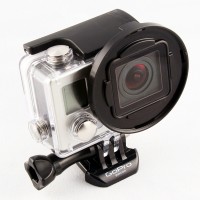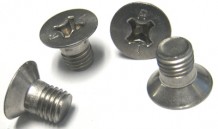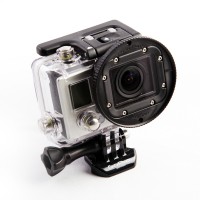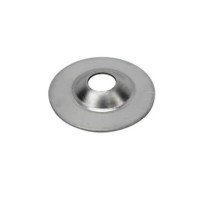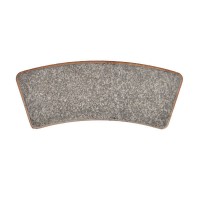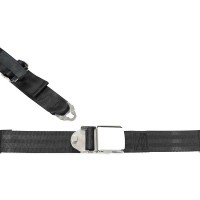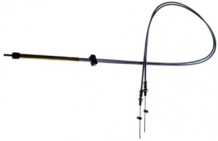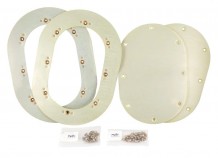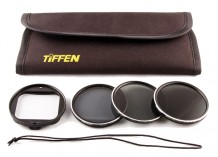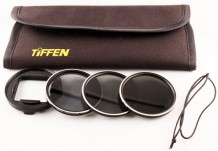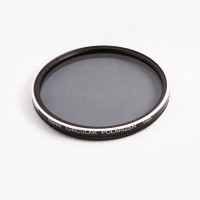1-877-795-2278 | info@aircraftspruce.ca
Aircraft Spruce Canada
Brantford, ON Canada
Corona, CA | Peachtree City, GA
Chicago, IL | Wasilla, AK
Aircraft Spruce Canada
Brantford, ON Canada
Corona, CA | Peachtree City, GA
Chicago, IL | Wasilla, AK
SAME DAY SHIPPING ON ORDERS PLACED BY 2 PM | 877-795-2278
Blurfix Neutral Density Filter
$29.75/Each
Part# 11-12825
Overview
|
55 mm Tiffen Neutral Density 0.9 (optical density) Filter. This filter is intended for use with the BlurFix3 SO and BlurFix3+ 55 filter adapters. This filter is ultra low-profile to minimize or eliminate vignetting, and is only available from SRP. A ND0.9 filter cuts all light by 87.5%. This forces the Hero3 or Hero3+ to slow its shutter speed. An ND filter is often used to reduce or eliminate prop blur for general aviation videography and minimize the "jello effect" experienced in radio controlled and motor sport applications. Consider using this filter if you are filming the following sports: High vibration motorsports Multi-rotor RC General aviation SRP Tip: If you are experiencing one of the undesirable effects of rolling shutter like prop blur or the jello effect then consider having multiple ND filters with you during filming. The ND filter choice you make will be based on the severity of the vibration experienced by the camera and lighting conditions present at the time of filming. For instance, if I fly my quadcopter late in the evening I don't put any filters on my Hero3. If I did this in the middle of the day on a cloudless bright sunny day, I would see lots of jello in my video -- so I'll use a ND0.9 or ND1.2 filter. If conditions are some where in between, I'll use a ND0.6 filter. Weight: 18.2 grams Note: The BlurFix3 SO Naked adapter is sold separately |
Q&A
Please note, Aircraft Spruce Canada's personnel are not certified aircraft mechanics and can only provide general support and ideas, which should not be relied upon or implemented in lieu of consulting an A&P or other qualified technician. Aircraft Spruce Canada assumes no responsibility or liability for any issue or problem which may arise from any repair, modification or other work done from this knowledge base. Any product eligibility information provided here is based on general application guides and we recommend always referring to your specific aircraft parts manual, the parts manufacturer or consulting with a qualified mechanic.

 Aircraft Spruce Canada
Aircraft Spruce Canada






